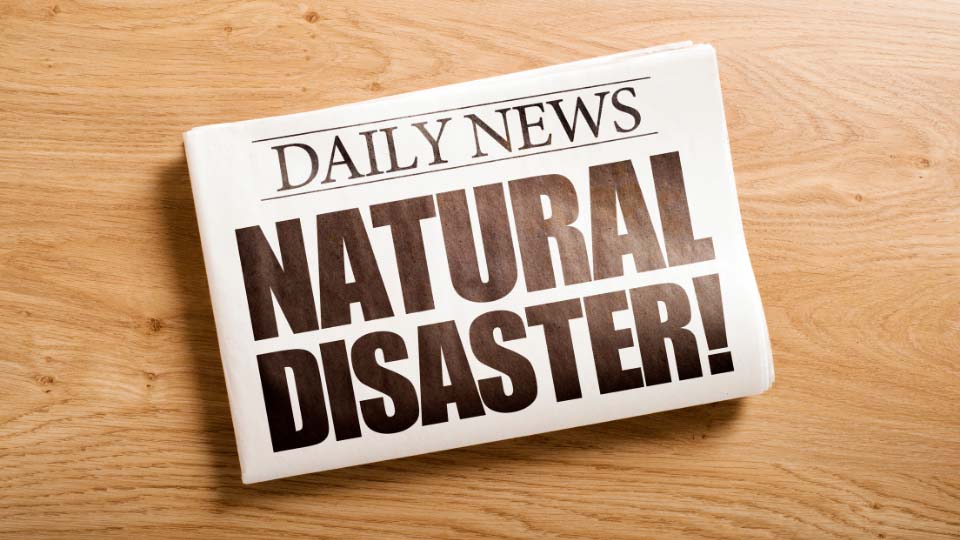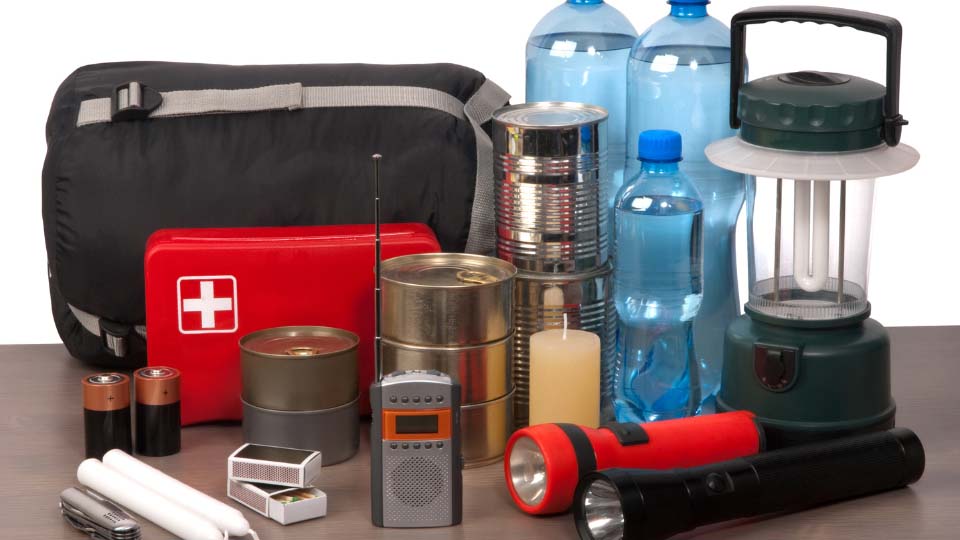How to Prepare for the Worst

Emergency preparedness can bring peace of mind and help families and neighborhoods be safer and more able to care for themselves in the event of a disaster. Consider these ideas to help prepare for the unexpected.
- Purchase a smoke alarm for every level of the house, especially in outside bedrooms, in the hallway and near the kitchen. If you already have working smoke detectors, consider using the holidays as the time marker to replace the batteries each year.
- Purchase a carbon monoxide alarm. Such alarms are especially important during winter months, when homes are shut up tight. Place devices in hallways throughout the home. If you have a travel trailer or recreational vehicle, it’s a good idea to install one or more in these vehicles.
- Purchase a fire extinguisher. Install A-B-C type extinguishers in the home and teach family members how to use them.
- Purchase a fire escape ladder. If you have a second story on your home, this is crucial. For homes with basements, consider a step ladder, stool or chair in each room near a door to escape into the window well. The chair could then be lifted into the window well and used to climb out.
- Organize or purchase a 72-hour kit. For a list of supplies to include, check the Internet or your local county Extension office.
- Assemble a disaster supply kit for your pet. Hurricane Katrina helped people realize how important their pets are and how important the animals’ safety and well-being are to the family.
- Purchase a weather network radio receiver and/or a hand crank AM/FM radio to be able to follow the most-up-to-date information on pending or existing disaster situations.
- Purchase a first aid kit. Because the first five minutes of a medical emergency are critical, every individual and family should have a first aid kit in their home and vehicle.
- Attend first aid and CPR training. Every person should know how to appropriately stop bleeding, apply pressure, treat shock and correctly apply chest compressions. Ask a nurse or EMT to spend 15-20 minutes with your family to learn the basics. Information is also available on the American Red Cross Web site at www.redcross.org.
- Purchase and mount house numbers. Each home should have house numbers posted clearly on the front door, next to it or above it so emergency responders can easily locate it.
- Purchase a reliable flashlight. As simple as a flashlight is, it can become a very important tool during and after disaster strikes. Keep one in your 72-hour kit as well.
- Create an emergency phone number list. Each home should have a list of such phone numbers posted near the phone or in the front of a phone book.
Disaster can strike quickly. Following these practical suggestions can give peace of mind in the days ahead.
January 2, 2008
Utah State University Extension
Authors
Kathleen Riggs
Related




